Principles, bases and methods of land valuation
National Assembly Chairman Vuong Dinh Hue signed to certify the promulgation of the Land Law (Law No. 31/2024/QH15). The Land Law (amended) stipulates the land ownership regime, the powers and responsibilities of the State representing the entire people's ownership of land and uniformly managing land, the land management and use regime, the rights and obligations of citizens and land users regarding land within the territory of Vietnam.
Notably, Article 158 stipulates the principles, bases, and methods of land valuation. specifically, land valuation must ensure the following principles: Land valuation method according to market principles; strictly comply with the methods, order, and procedures for land valuation; ensure honesty, objectivity, publicity, and transparency; ensure independence between land valuation consultancy organizations, Land Price List Appraisal Council, Specific Land Price Appraisal Council, and authorized agencies or persons deciding on land prices; ensure harmony of interests between the State, land users, and investors.
The basis for land valuation includes: The purpose of land use for valuation; land use term. For agricultural land allocated by the State to household and individuals according to the land agricultural allocation limit, agricultural land within the land transfer limit, the land use term is not based on; input information for land valuation according to land valuation methods; other factors affecting land prices; relevant legal regulations at the time of land valuation.

Land valuation must ensure honesty, objectivity, publicity, transparency... (Photo: Huu Thang).
Input information for land valuation according to land valuation methods specified in Point c, Clause 2 of this Article includes: Land prices recorded in the national land database, national price database; land prices recorded in land use rights transfer contracts; winning price of land use rights auction after completing financial obligations; land prices collected through investigation and survey in cases where there is no land price information specified in Point a and Point b of this Clause; information on revenue, expenses, and income from land use.
Land valuation methods include: The comparison method is implemented by adjusting the price of land plots with the same land use purpose, certain similarities in factors affecting the land price transferred on the market, winning the auction of land use rights where the auction winner has fulfilled financial obligations according to the auction winning decision through analyzing and comparing factors affecting land price after excluding the value of assets attached to the land (if any) to determine the price of the land plot to be valued;
The income method is implemented by taking the average annual net income per land area divided by the average savings interest rate of 12-month term deposits in Vietnamese Dong at commercial banks in which the State holds more than 50% of charter capital or total voting shares in the provincial area for 03 consecutive years up to the end of the most recent quarter with data before the time of land valuation;
The surplus method is implemented by taking the total estimated development revenue minus the total estimated development cost of the land plot or land area on the basis of the most effective land use (land use coefficient, construction density, maximum number of floors of the building) according to the land use planning and detailed construction planning approved by the competent authority;
The land price adjustment coefficient method is implemented by multiplying the land price in the land price table by the land price adjustment coefficient. The land price adjustment coefficient is determined by comparing the land price in the land price table with the market land price.
The cases and conditions for applying the land valuation method are stipulated as follows: The comparison method is applied to value the case where there are at least 03 land plots with the same land use purpose, certain similarities in factors affecting the land price transferred on the market, winning the auction of land use rights where the auction winner has fulfilled the financial obligations according to the auction winning decision;
The income method is applied to valuation in cases where the land plot or agricultural land or non-agricultural land is not residential land and the land plot or land to be valued does not meet the conditions for applying the comparison method but the income and expenses from land use can be determined according to the land use purpose being valued;
The surplus method is applied to value land plots and land areas for investment projects that do not meet the conditions for applying the comparison method or the income method but can estimate the total development revenue and total development costs of the project;
The land price adjustment coefficient method is applied to specifically determine compensation when the State reclaims land in cases of reclaiming many adjacent land plots with the same purpose of use and whose land prices have been specified in the land price list but do not meet the conditions for applying the comparison method.
The land valuation methods specified in Clause 5 of this Article shall be used to determine specific land prices and develop land price tables. In case the land valuation methods at Points a, b and d of Clause 5 of this Article are applied to determine specific land prices and the results are lower than the land prices in the land price table, the land prices in the land price table shall be used.
The choice of land valuation method is proposed by the organization conducting land valuation and decided by the specific Land Valuation Council.
Land price regulations
Article 159 of the Land Law stipulates the land price table. formation, the land price table is applied in the following cases: Calculating land use fees when the State recognizes the right to use residential land of household items and individuals; changing the land use purpose of household and individuals; calculating land rent when the State leases land and collects annual land rent;
Calculating land use tax; calculating income tax from land use right transfer for household and individuals; calculating fees in land management and use; calculating fines for administrative violations in the land sector; calculating compensation to the State for causing damage in land management and use.
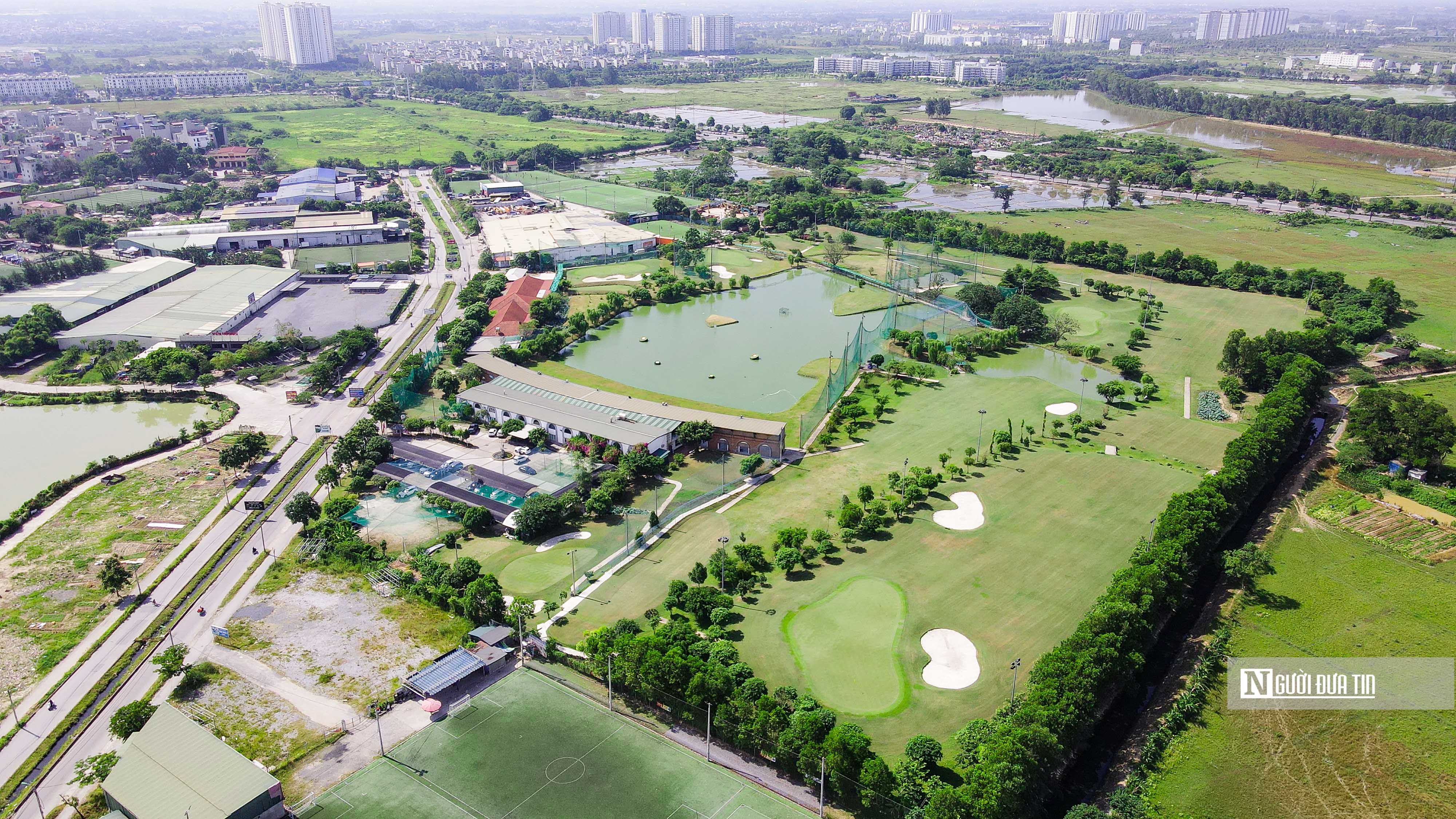
Land price list is built according to area and location (Photo: Huu Thang).
Calculating land use fees and land rent when the State recognizes land use rights in the form of land allocation with land use fee collection, land lease with one-time land rent collection for the entire lease term for households and individuals;
Calculating the starting price for auctioning land use rights when the State allocates or leases land in cases where land plots or land areas have been invested in technical infrastructure according to detailed construction planning; calculating land use fees in cases where land is allocated without auctioning land use rights to household and individuals; calculating land use fees in cases where state-owned houses are sold to current tenants.
Land price list is built according to area and location. For areas with digital cadastral maps and land price database, land price list is built for each plot of land based on value area and standard plot of land.
The People's Committee at the provincial level shall develop and submit to the People's Council at the same level for decision on the first land price list for promulgation and application from January 1, 2026. Every year, the People's Committee at the provincial level shall be responsible for submitting to the People's Council at the provincial level for decision on adjustments, amendments, and supplements to the land price list for promulgation and application from January 1 of the following year.
In case it is necessary to adjust, amend or supplement the land price list during the year, the Provincial People's Committee is responsible for submitting it to the Provincial People's Council for decision.
The provincial land management agency is responsible for assisting the provincial People's Committee in organizing the development, adjustment, amendment and supplementation of the land price list. During the implementation process, the provincial land management agency is allowed to hire a land price consultancy organization to develop, adjust, amend and supplement the land price list .
Source








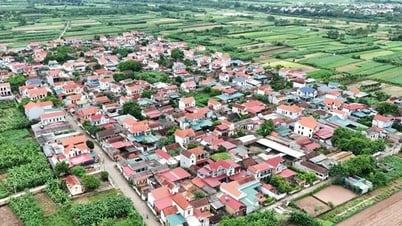



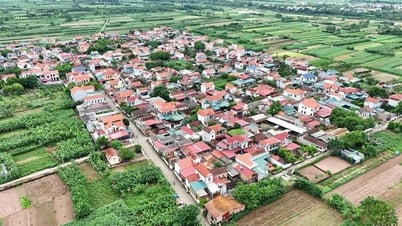
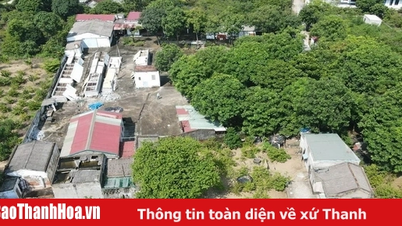

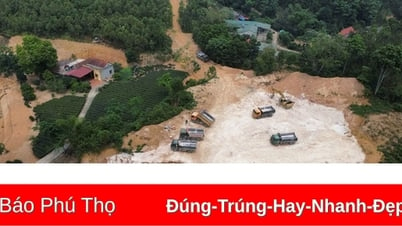




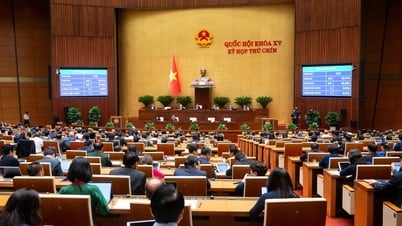

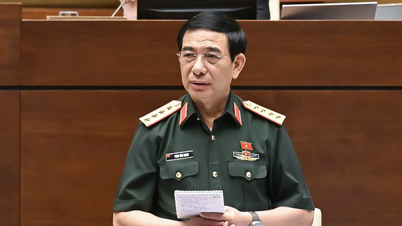



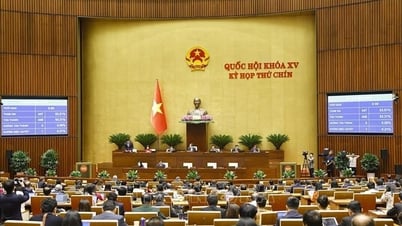

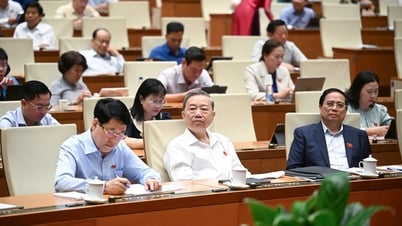











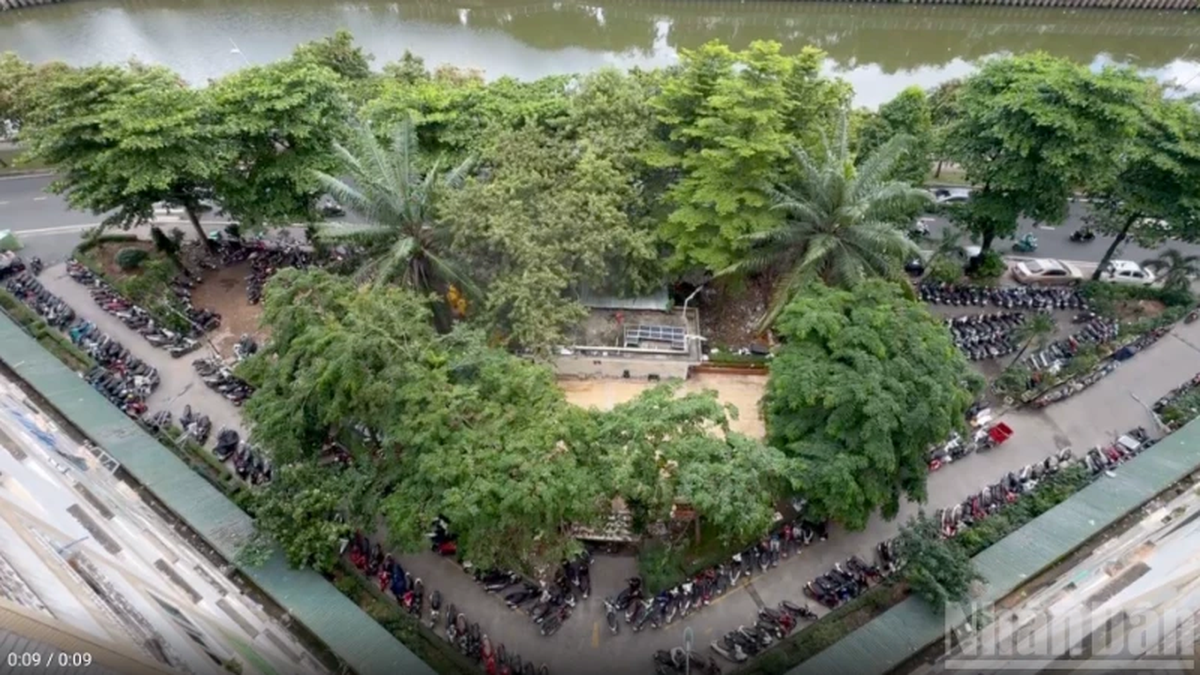
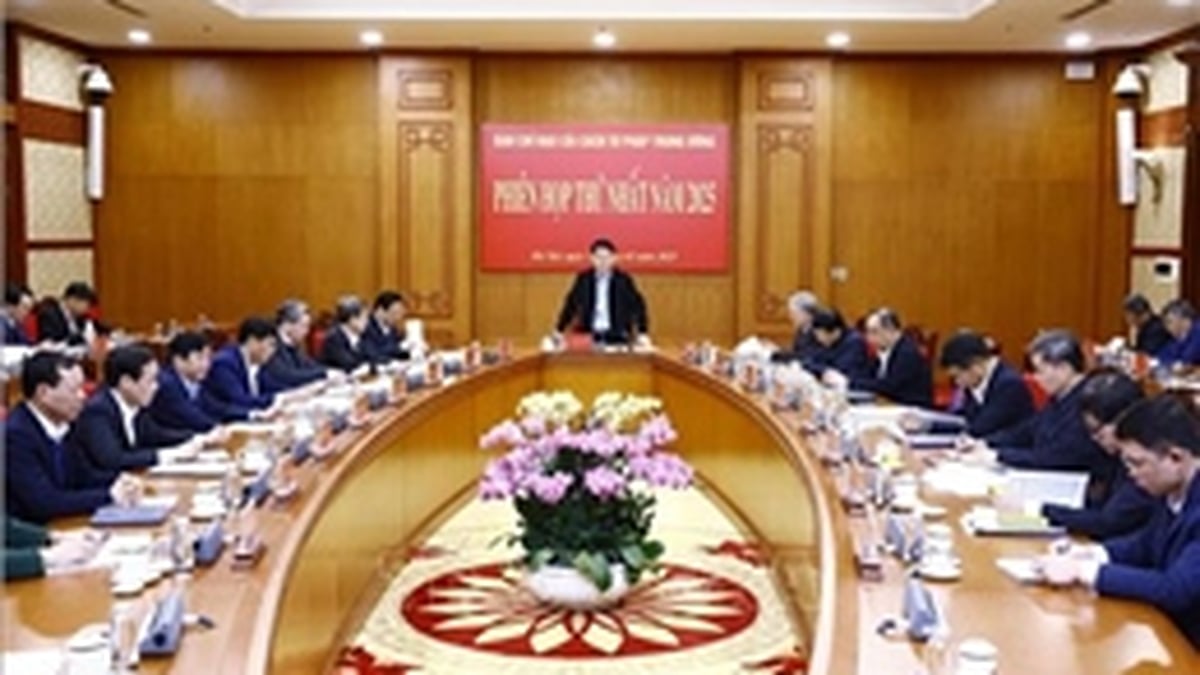

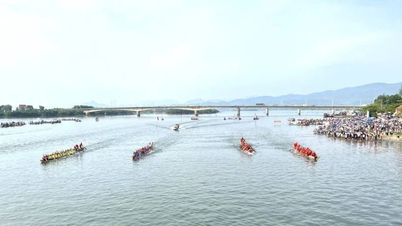
















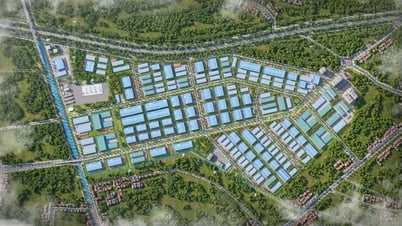






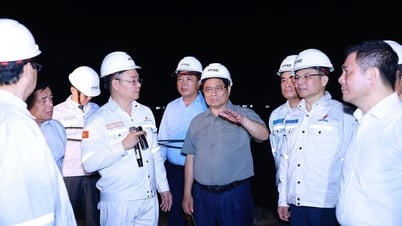












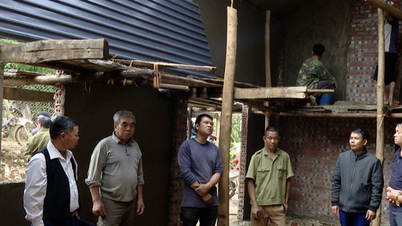





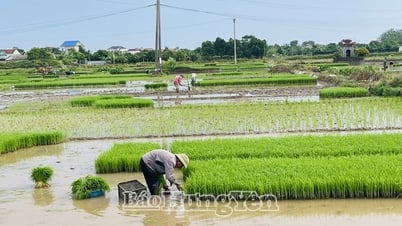





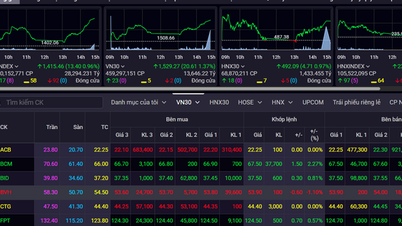











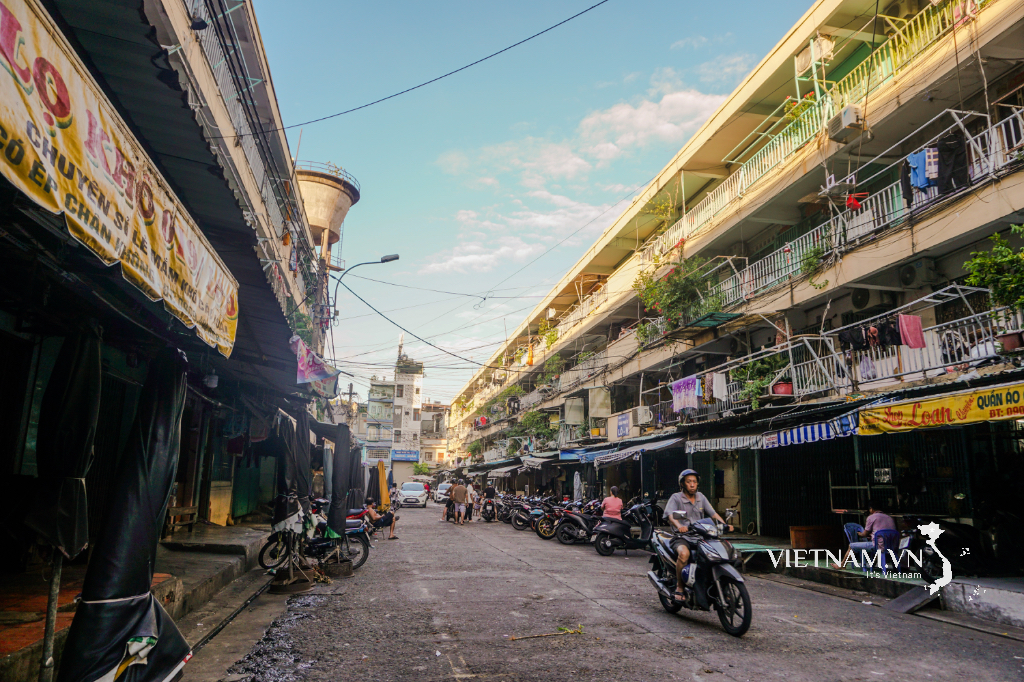


Comment (0)